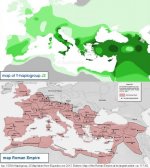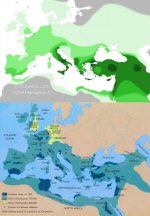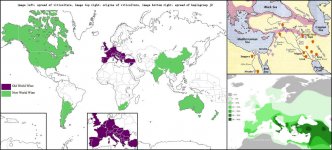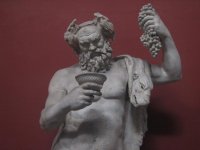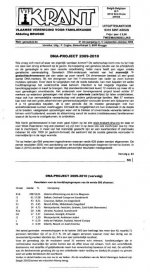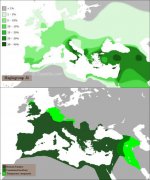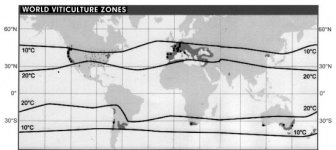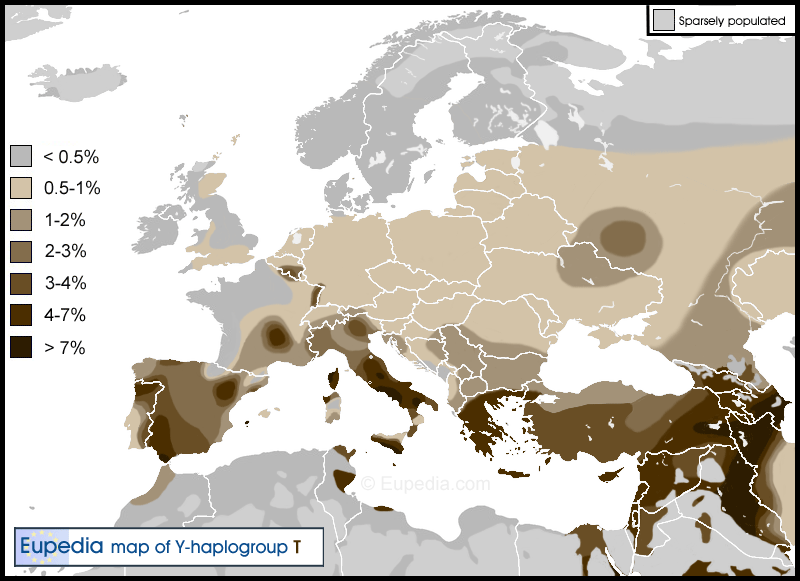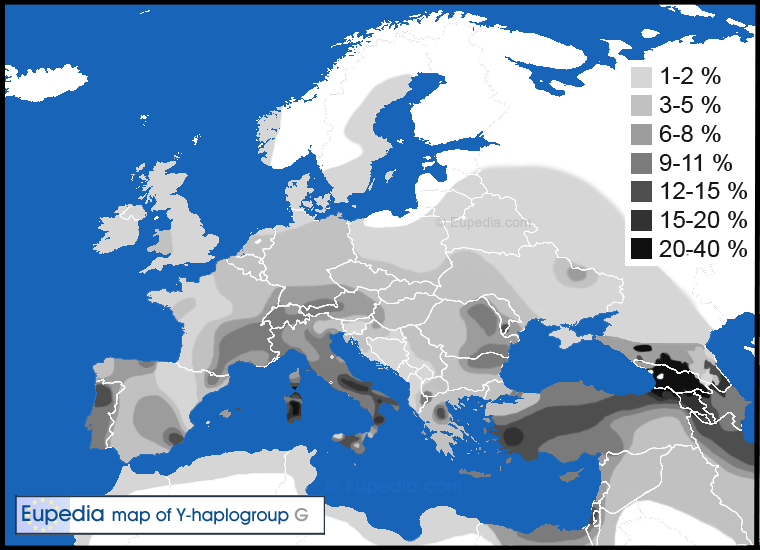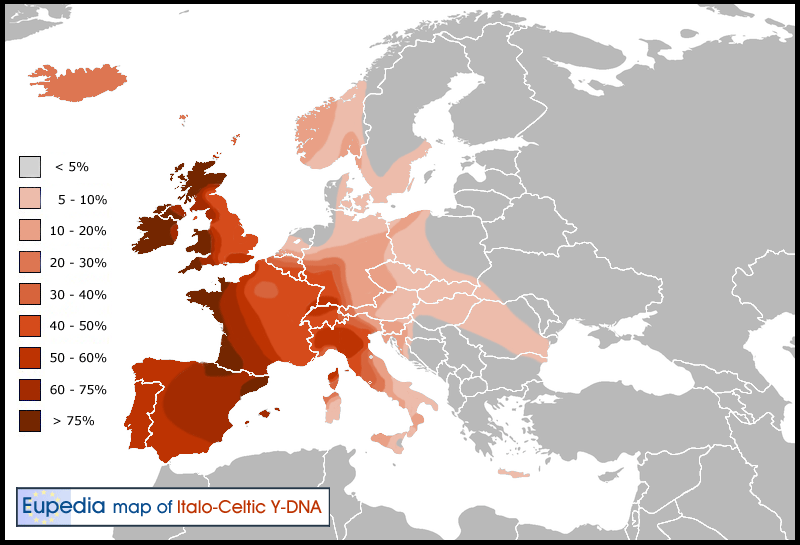RHAS
Elite member
- Messages
- 268
- Reaction score
- 22
- Points
- 0
Correlations between Haplogroup J2 M172, the Roman Empire, Christianity and Viticulture.
Haplogroup J2 - Roman Empire.

Haplogroup J2 - Spread of Christianity.

Haplogroup J2 - Viticulture.

Note! : Eupedia forum rule nr. 4. STAY ON TOPIC
"Avoid posting messages that are out of context or irrelevant to a topic. While we encourage your participation, such posts will either be moved to another forum or deleted in order to ensure a thread`s consistency. If you do want to write a post that is to off topic you can always start a new thread."
Haplogroup J2 - Roman Empire.

Haplogroup J2 - Spread of Christianity.

Haplogroup J2 - Viticulture.

Note! : Eupedia forum rule nr. 4. STAY ON TOPIC
"Avoid posting messages that are out of context or irrelevant to a topic. While we encourage your participation, such posts will either be moved to another forum or deleted in order to ensure a thread`s consistency. If you do want to write a post that is to off topic you can always start a new thread."
Attachments
Last edited:


